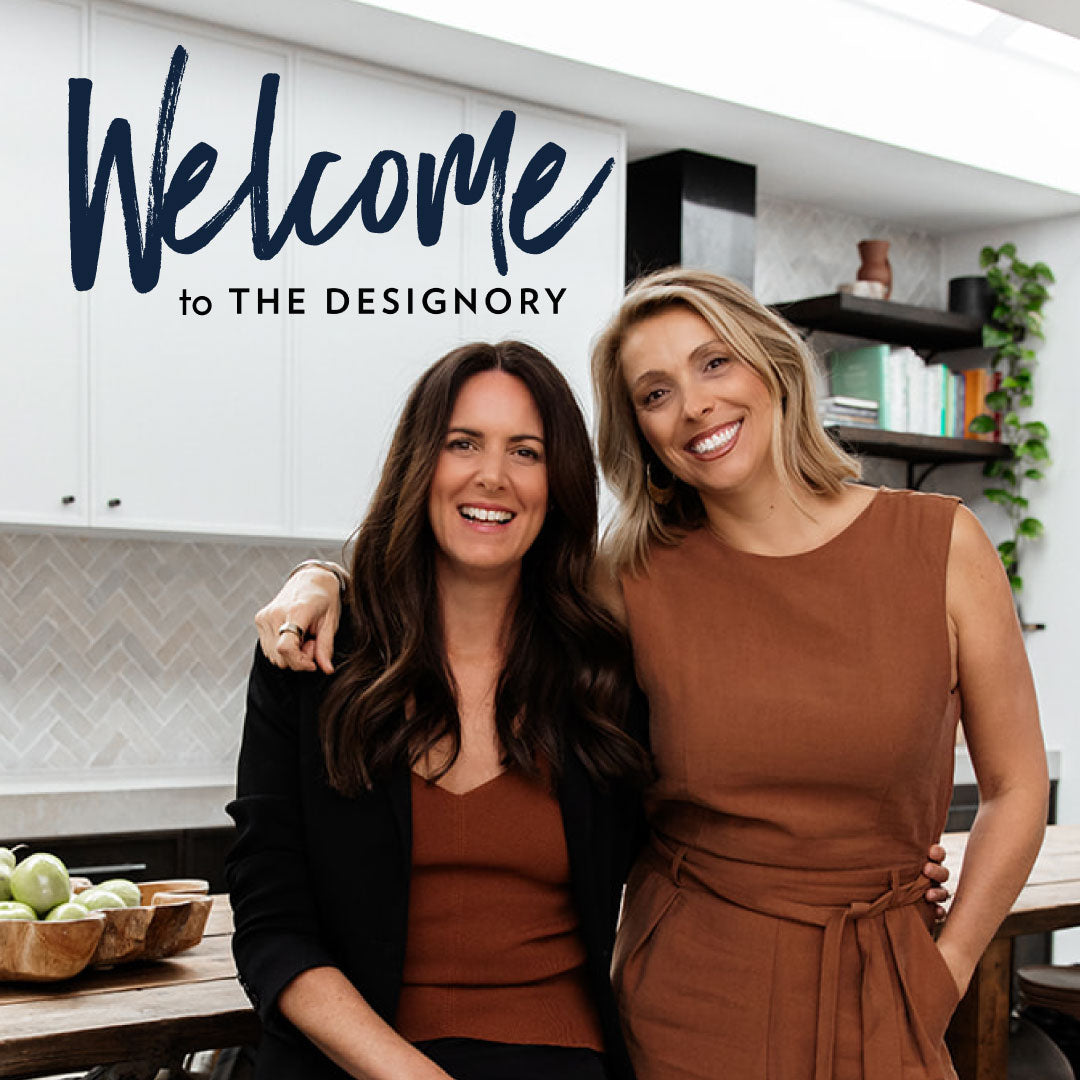A Guide to Choosing the Right Door Design
While often left as an afterthought, doors can define the look and functionality of a room or entire home, making them an important part of any property. The Designory’s recent project, the Barefoot Bay Villa, is a prime example of the influence doors can have on a space, as the eucalyptus and terracotta tones used throughout the holiday home, were chosen to tie to the delicate timber hue of Corinthian Doors’ Moda White Oak and Moda Barn Door collections.
Read on below as Corinthian Doors Marketing Manager, Amy Ryan, gives her advice on defining the right door design for your home and more importantly, avoiding common door dilemmas.
Not knowing their sizesIt’s a common misconception that all doorways are a standard size. This is not always the case and getting a door that is too big or small for your space can become a costly mistake. While buying too small will create gaps and drafts, having to plane down a door that is too big to fit the opening will create additional work and potentially come at a cost. If you’re new to building and renovating, invest in getting expert help to achieve the best result.
Not thinking beyond traditional doors and installation methods
One of the first considerations when choosing a door should be the space it will be occupying, so you don’t miss out on the best design and solution for your space. In smaller areas such as walk-in robes, ensuites, and laundries, a traditional hinged door can take up valuable floor space as it swings open and closed. Sliding doors are a perfect solution here. Paired with striking black hardware, the Moda Barn Doors (as seen in the Bay Villa property) run smoothly across the wall line and can be easily retrofitted as part of a renovation. If completing a larger project where there are structural changes or a new build, our Platinum Cavity units can be fitted within the wall cavity, allowing the door to seamlessly slide into the wall and out of sight. These units are fit for purpose for tiled wall applications and suited to bathrooms and wet areas due to their steel construction which ensures resistance to warping and bowing, white ants and rot.
Forgetting finishings and fittings
A door is the first thing you see before entering a room and sets the stylistic tone for what lies beyond. From coastal to minimalist, great home design relies on a consistent theme across materials and colour choices and doors are the perfect way to start that style story. Look for options that provide interesting profiles and are versatile enough to suit your current style and your evolving taste over the years.
Palette choice ultimately comes down to personal preference. People are becoming more adventurous with color and a paint grade design allows you to achieve a look that can make a bold statement. Equally, a light timber veneered door such as our Blonde Oak or Moda White Oak range can provide a

One major trap to avoid is dark colours on external doors as, particularly if the front of the home has no portico and faces the sun. In general, these tones absorb more heat than lighter hues and as such, can accelerate door deterioration, colour fading and even cause warping, sticking or other performance problems.
Picking a poor profile
One of the easiest ways to define your door style starts with considering how its aesthetic will fit the interior design theme. Choosing the right profile is a must. Strong, bold design, like the Deco’s streamline look, is suited to a wide range of modern architectural styles and tastes, including minimalist, contemporary and Scandinavian. Meanwhile, shaker inspired Moda doors work perfectly with the timeless aesthetic of Country and Hamptons homes.
Making a bad first impression
A front door is the first connection between a façade and the design within. Ideally, it should complement other elements of the facade, such as the roof, window trims, bricks or rendered features, while matching a finish in the interior to create a natural flow. Breaking this rule can create striking drama in a home, but often ends in a confused look if not done well.
Recently there’s been a shift towards blonder timbers in front doors, with the popularity of modern scandi and coastal looks. The streetscape and landscaping need to be considered as part of the decision-making process, as well as how far back the door is from the pavement.
Not making sound choices
In addition to windows, the doorway is one of the, largest opening in any room, making them an important barrier to blocking sound from the street, or between rooms in the house. If you’re living on a busy street, you’d want a solid door with acoustic-dampening properties to really block out noise, as opposed to a hollow-core door.
Forgetting the environment
Environmental conditions should also influence your choice of door. A BAL rated door is a must for bushfire-prone areas, while in coastal locations, materials that retain their look and durability when exposed to wind, salt and the effects of the sea should be a priority. You want to ensure the door you’ve chosen will last, right down to the hinges and hardware, which need to be corrosive-resistant.
Not thinking clear-ly
If you struggle with natural light, glazing could be a perfect solution to transform your home. Corinthian Doors’ wide range offers a number of partial and full panel glass options in a number of configurations. Additionally, the use of shaped glass or translucent styles can help retain privacy while allowing light into bathrooms or dark entryways.
Far from an afterthought, the right door can provide an opportunity to pull a room or façade together and define your style.
You can explore more of Corinthian’s amazing doors on their website.




